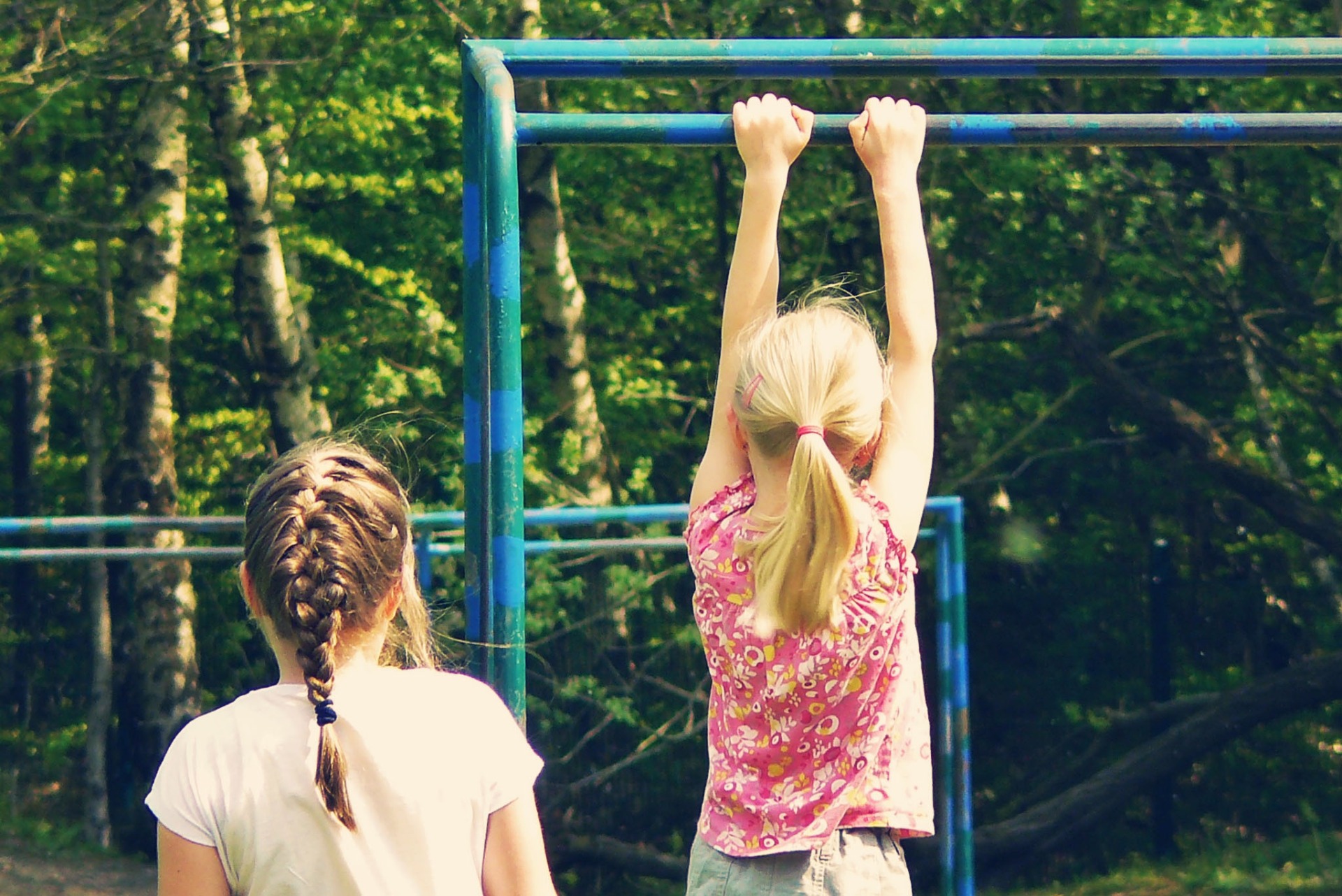Peer Pressure Amongst Students: Different Types

Peer pressure, also known as peer influence, can significantly impact the thoughts, beliefs, and behaviors of young individuals, particularly students in middle school, as indicated by research. The development of social bonds amongst peers and establishing a social identity occurs within this age range of children. Middle school years are also the most prevalent for experimentation with potentially harmful behavior such as substance use, sexual conduct, social media challenges, etc. Peer pressure becomes particularly influential when a child's curiosity to experiment is encouraged without proper guidance and supervision.
- Verbal Peer Pressure
Persuasion to perform a specific behavior or adhere to a particular belief can occur when a person is verbally suggested to do so - this can be done directly as a statement, a suggestive question, or even as a joke. Conformity to the desired behavior or belief is more likely to occur in a one-on-one interaction. However, negative peer pressure can be extremely overwhelming if verbal persuasion is attempted amongst a group of individuals.
- Non-Verbal Peer Pressure
Non-Verbal Peer Pressure occurs through peers' behavior in a social group, leaving the non-participants to decide whether to follow suit. This type of peer pressure is familiar and easy to spot in everyday situations, such as adhering to specific hobbies, fashion trends, following certain social media influencers, etc. Older and popular peers, who appear to have social status and influence, have a harmful direct power over younger students who have underdeveloped impulse control and lack of mental maturity to foresee the long-term consequences of their actions.
- Positive Peer Pressure
Not all peer pressure is inherently bad; positive peer pressure is just the opposite. This occurs when peers encourage upward growth and success through empowerment and validation. Within peer groups, positive peer pressure can happen amongst sports teams, student councils, etc., where encouragement is a mutual effort among everyone. Positive peer pressure can also be individualized - for example, if a student is struggling in a particular class, a fellow peer can take it upon themselves to offer after-school tutoring for better comprehension of the course material and a better grade.
- Negative Peer Pressure
Negative peer pressure can be direct or subtly suggestive, where friends tempt each other into engaging in risky behavior. Typical behavior seen with negative peer pressure includes substance abuse, reckless driving, shoplifting, social media challenges, and unprotected sex. Within a social dynamic among teens, it's typical for one peer with a more assertive (suggestive) personality to initiate risky behavior. In contrast, other group members must conform against their moral compass or be ostracized.
Examples Of Peer Pressure
- Motivational applauding from an audience to finish strong in a competitive sporting event, such as a running race.
- Pop quiz practice amongst student peers in preparation for an important test or exam.
- Being pressured by peers to attend a party where drugs and alcohol will be consumed with minimal or no supervision.
- Bullies convince their peers to pick on a particular person or group.